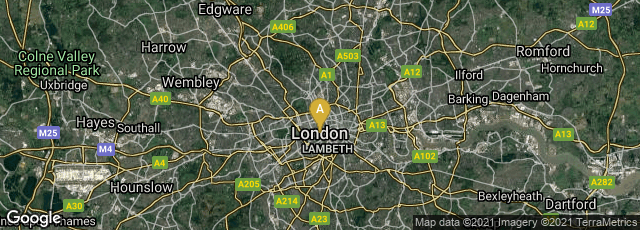

A: London, England, United Kingdom
Since 1555 the printing trade in London was strictly regulated by the Stationer's Company, which limited the number of presses and and master printers in that city. Typesetters (compositors) in particular were educated, and could not only read and write, but could also set type backwards. As a result, they were among the earliest groups to form trade associations, and through those organizations they attempted to limit the number of apprentices that could be trained in London. Apprenticeship was typically for seven years.
Typesetters were also paid by measured amounts of work done (piecework)— an arrangement that required a formal understanding of how work would be measured and compensated. The earliest formal agreement between masters and workers - or "masters and men" to use the archaic phrase - that is known to have been established in London in 1785 does not appear to have survived, but later versions of it were printed later in various forms. One of the earliest was an account of the 1810 version of the agreement "Printed under the Superintendence of the Trade Council of the London Union of Compositors" in 1836: The London Scale of Prices for Compositor's Work: agreed upon, April 16th, 1810, with explanatory notes, and the scales of Leeds, York, Dublin, Belfast, and Edinburgh.
As an example of how established the London Scale of Prices was, we find that George Cowie also published it in his Cowie's Printer's Pocket-Book and Manual, Containing the Compositors' and Pressmen's Scale of Prices, Agreed upon in 1810 and Modified in 1816: all the Schemes of Impositions....London (1836?). Cowie's manual includes very useful organizational rules and procedure rules for the operation of a printing office. It does not contain any references to printing machines.
See Ellic Howe, The London Compositor (1947).